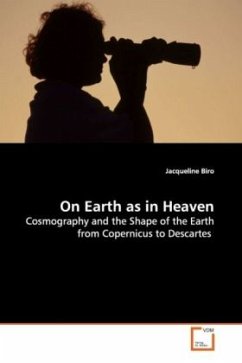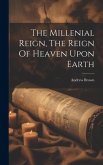One of the key moments of the Scientific Revolution
was the
transformation in the understanding of the earth s
form. The
world as we now understand it spherical and mostly
rock with
shallow oceans was novel and controversial. Most
scholars around
1500 believed the world was mostly ocean with a small
sphere of land
floating in it like a bobbing apple. Crucial to the
work of key thinkers
such as Copernicus, Galileo and Descartes, the new
theory of the earth
had important implications for astronomy and the
universe as a whole.
Remarkably, the importance of this dramatic change in
concepts of the
earth has been overlooked by historians, as has the
vibrant scientific
field in which the developments both of geography and
astronomy took
place: cosmography. This book restores the period s
changing ideas
about the earth and its continents, and still more
importantly
cosmography, into the centre of the Scientific
Revolution.
was the
transformation in the understanding of the earth s
form. The
world as we now understand it spherical and mostly
rock with
shallow oceans was novel and controversial. Most
scholars around
1500 believed the world was mostly ocean with a small
sphere of land
floating in it like a bobbing apple. Crucial to the
work of key thinkers
such as Copernicus, Galileo and Descartes, the new
theory of the earth
had important implications for astronomy and the
universe as a whole.
Remarkably, the importance of this dramatic change in
concepts of the
earth has been overlooked by historians, as has the
vibrant scientific
field in which the developments both of geography and
astronomy took
place: cosmography. This book restores the period s
changing ideas
about the earth and its continents, and still more
importantly
cosmography, into the centre of the Scientific
Revolution.







